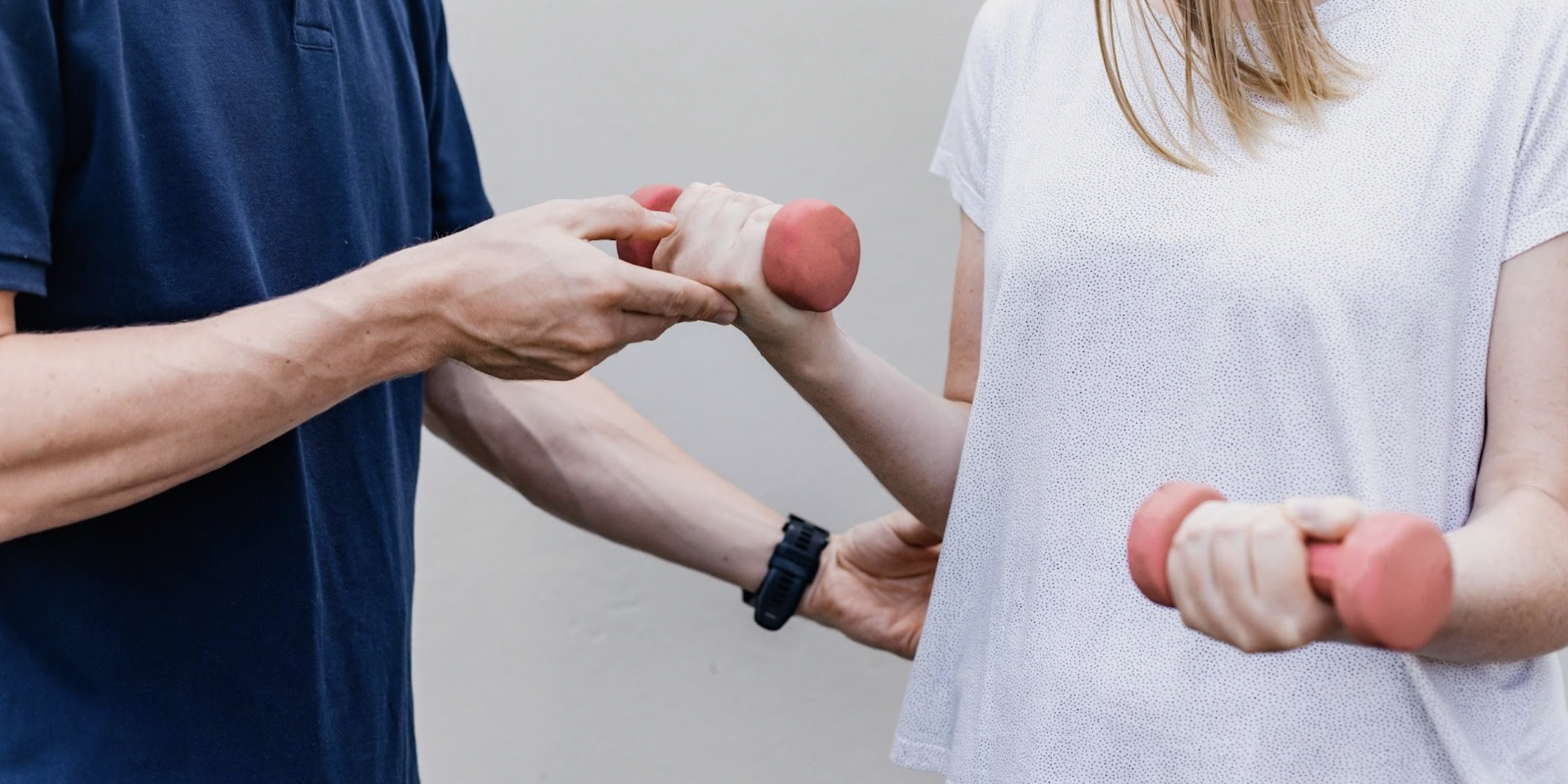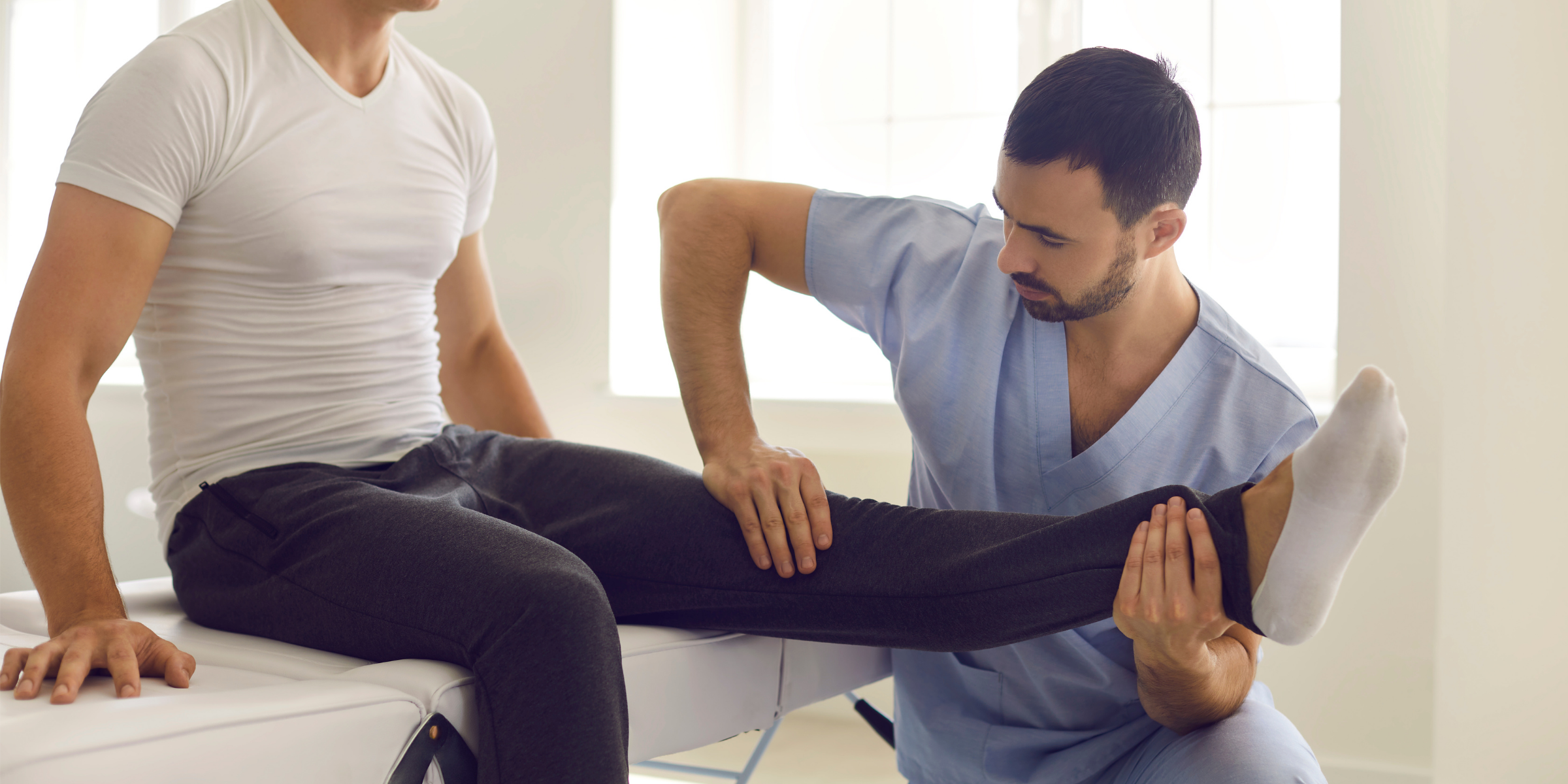Injuries can take a considerable toll on our health and well-being.
From a physical standpoint, injuries can elicit pain, swelling, and long-term weakness. On the other hand, there is a considerable mental and emotional component to injuries as well. Depending on the severity of the injury, you may experience stress, anxiety, and sometimes even depression.
Getting on the road to recovery is important with any type of injury, both big and small. Active rehabilitation is an excellent tool that so many people can benefit from.
Follow along to find out what active rehabilitation is, who it’s meant for, and how different modalities can be combined to offer the greatest benefits.
What is Active Rehab?
Active rehabilitation is an all-encompassing term used to describe a recovery-based program where the patient plays an “active” role in their journey to better health. In addition, active rehab specialists will work with patients using a range of activity/movement exercises as the primary treatment modality. These programs are created using information about a patient’s injury status, history, and current abilities.
“We get you moving and moving the right way because life is active” – Krista Whittaker, Kinesiologist
The purpose of active rehab programs is to assess and improve a patient’s function using a variety of techniques, exercises, and stretches. Patients work one-on-one with their active rehab specialist to progress in their goals in various facets of movement and capacity including mobility, stability, strength, and endurance.
Active rehabilitation specialists such as kinesiologists, active therapists, occupational therapists, and physiotherapists typically work through the following 5 stages:
- Phase 1: Address and control symptoms of pain and swelling
- Phase 2: Improve range of motion and flexibility
- Phase 3: Improve strength and begin proprioception
- Phase 4: Gradual return to sport and/or activities of daily living
- Phase 5: Sport-specific training (optional)
Who Needs Active Rehab?
Active rehab programs are unique to every type of injury or goal that a patient has for themselves. These sessions may be as specific as the patient requires including post-concussion, musculoskeletal injuries, surgery preparation, post-surgical strengthening, motor-vehicle accident injury rehabilitation, and so much more.
Generally speaking, the people who benefit most from active rehab are those who seek greater autonomy in their recovery journey and are committed to working hard to gain strength, stability, and mobility in the effort of reaching pre-injury status.
Benefits of Combining Active Rehabilitation Modalities
When looking at active rehab as a whole, there are several different streams of physical therapy that specialize in certain exercises or techniques for their patients. In taking a holistic approach, there are a ton of benefits of combining active rehab modalities.
For example, it’s common for physiotherapists to work in tandem with kinesiologists once symptoms have gone down and patients are medically cleared to begin active rehab. Kinesiologists take the reins from this point to create a well-rounded, customized training plan for their patient.
In addition to this, athletic therapists are another highly-trained physical therapist that can integrate their in-depth knowledge of the musculoskeletal system to help detect and treat injuries from beginning to end.
Book with Wildewood Health
Active rehab is a necessary tool for a wide range of injuries, from joint pain to muscle imbalances and even concussion symptoms.
Combining the strengths of different active rehab specialists can help speed up your recovery journey.
At Wildewood Health, our team of highly trained athletic therapists and kinesiologists specialize in a variety of active rehab practices that are individual to every patient that walks through our doors. Book with us today! We look forward to working with you soon.





